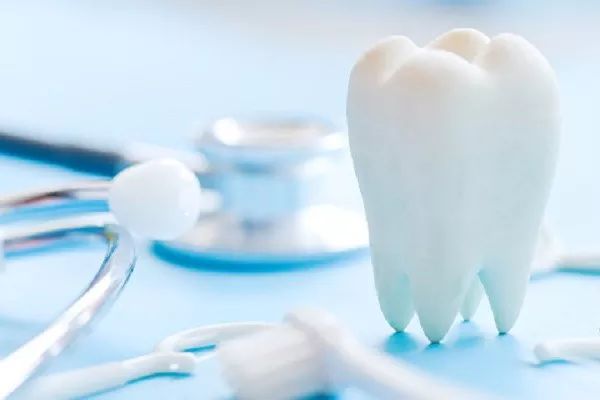Teeth whitening has become an increasingly popular cosmetic dental procedure in recent years, with many people seeking ways to achieve a brighter, more radiant smile. One technique that has gained popularity is the use of LED lights during the teeth whitening process. In this article, we will explore the safety of LED teeth whitening and discuss the risks and benefits of this method.
Is LED Whitening Safe?
While LED teeth whitening is generally considered safe when performed correctly, there are some potential risks to be aware of. Here are some key points to consider:
-
LED lights do not cause harm on their own
LED lights emit low levels of heat and are not harmful to teeth or gums on their own. However, when used in conjunction with a teeth whitening solution, there may be some risks involved.
-
LED lights may cause sensitivity
One of the most common side effects of LED teeth whitening is tooth sensitivity. This is typically a temporary side effect that goes away after a few days, but it can be uncomfortable in the meantime.
-
Overuse of LED lights can damage teeth
Overusing LED teeth whitening products can damage tooth enamel and increase the risk of tooth decay. It is important to follow the instructions provided with any teeth whitening product and not to use them more often than recommended.
While LED teeth whitening is generally considered safe when performed correctly, there are some potential risks to be aware of. LED lights are not harmful to teeth or gums on their own, but when used in conjunction with a teeth whitening solution, there may be some risks involved. Tooth sensitivity is a common side effect of LED teeth whitening, and overuse of these products can damage tooth enamel and increase the risk of tooth decay. It is important to consult with a dental professional before starting any teeth whitening treatment, including those that involve LED lights, to determine if it is right for you and to receive guidance on the most effective and safe methods for achieving a brighter, more radiant smile.
































